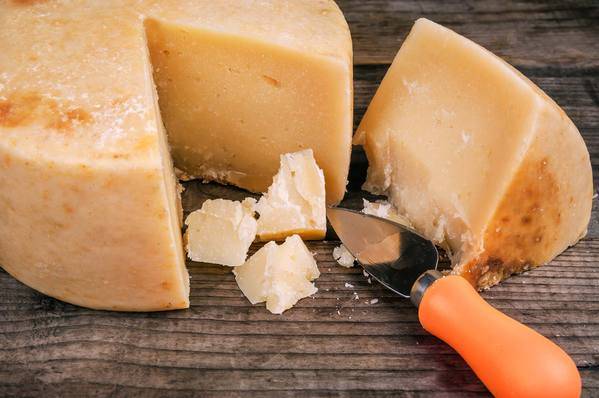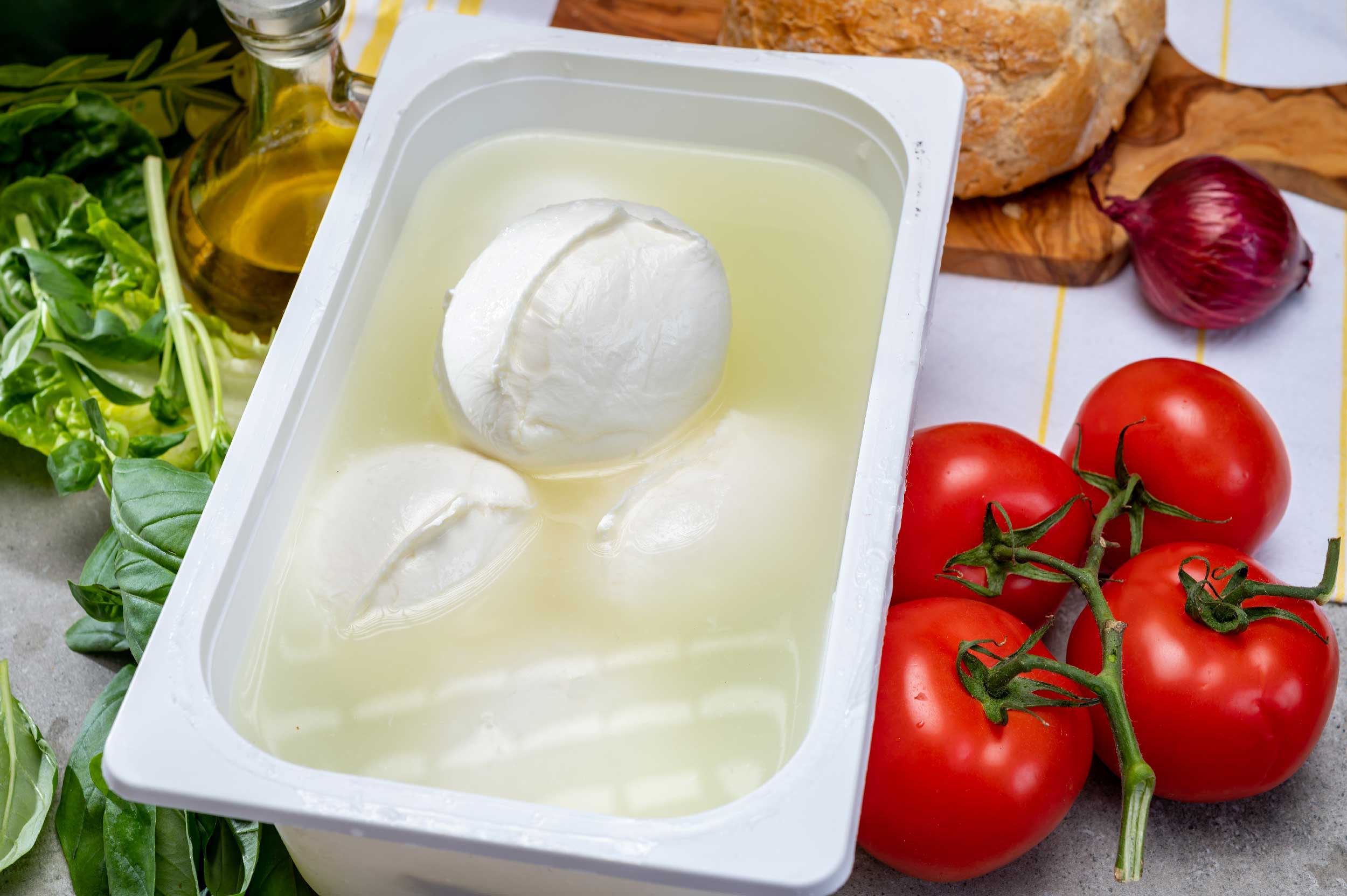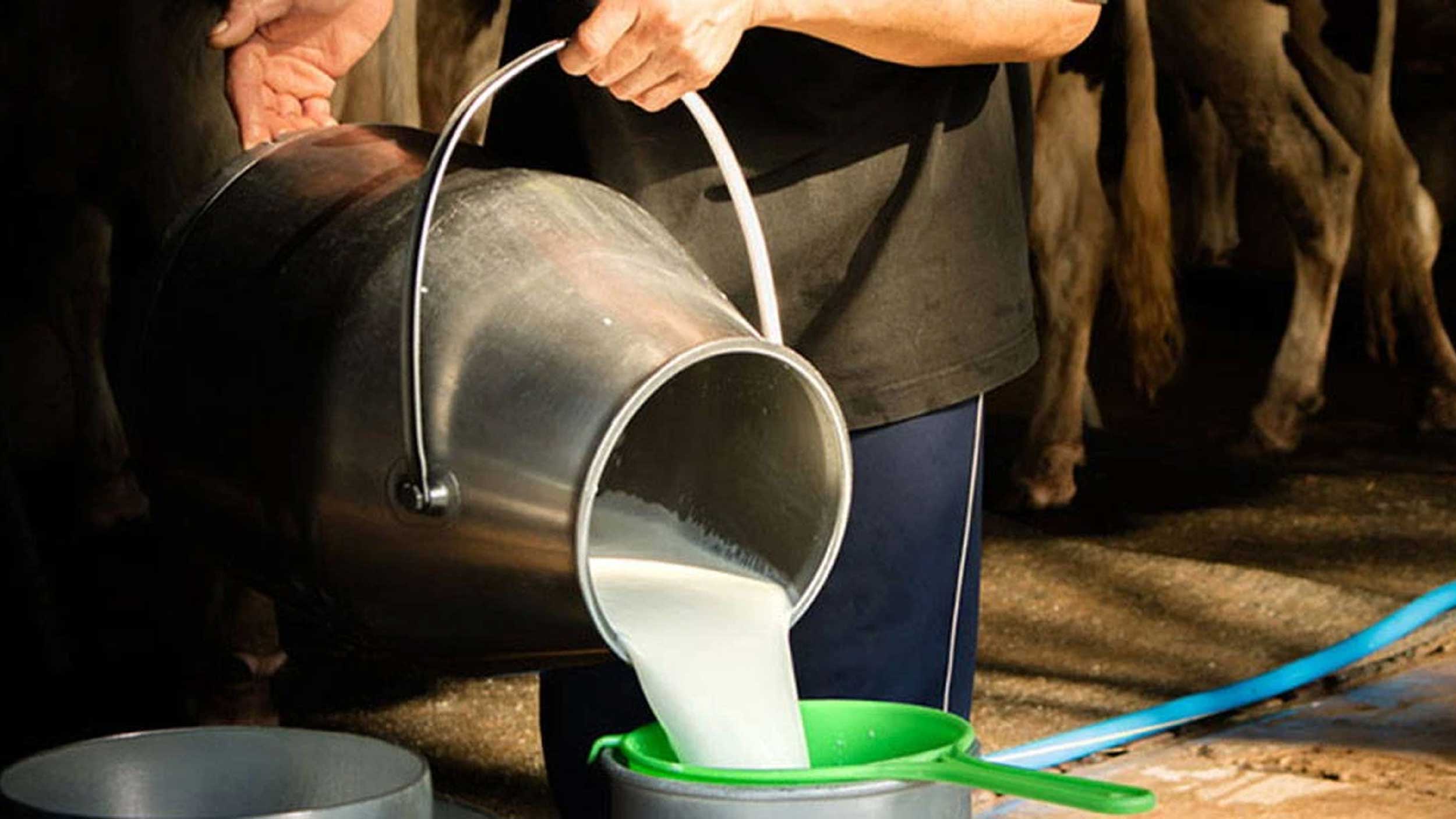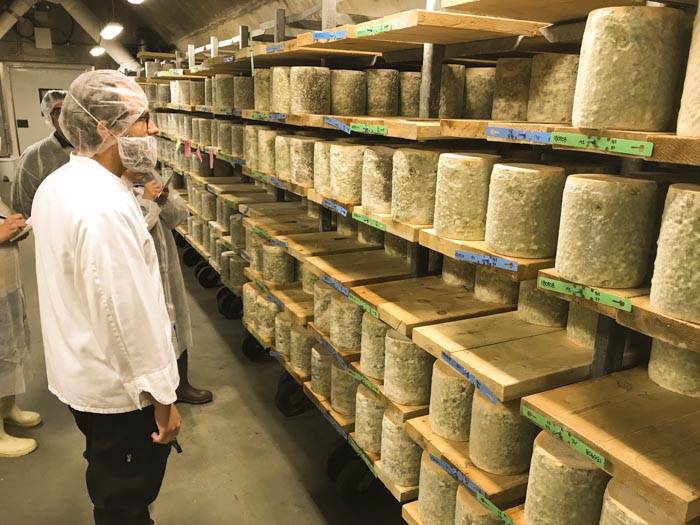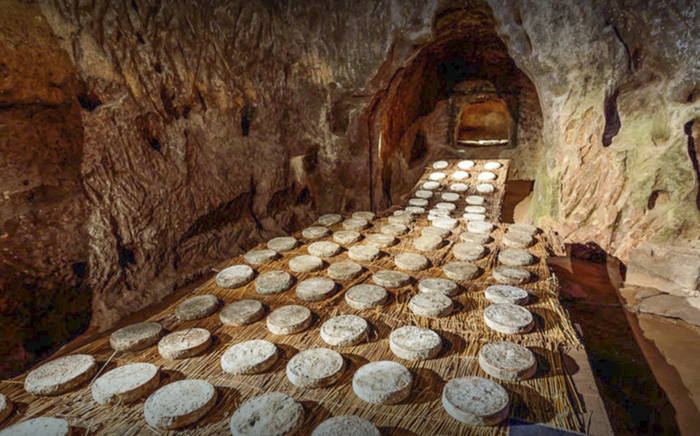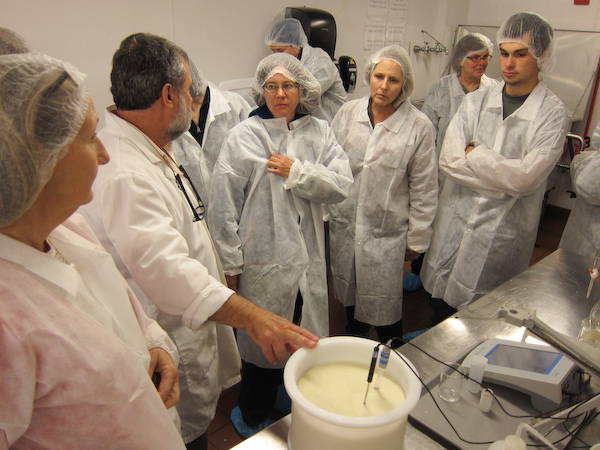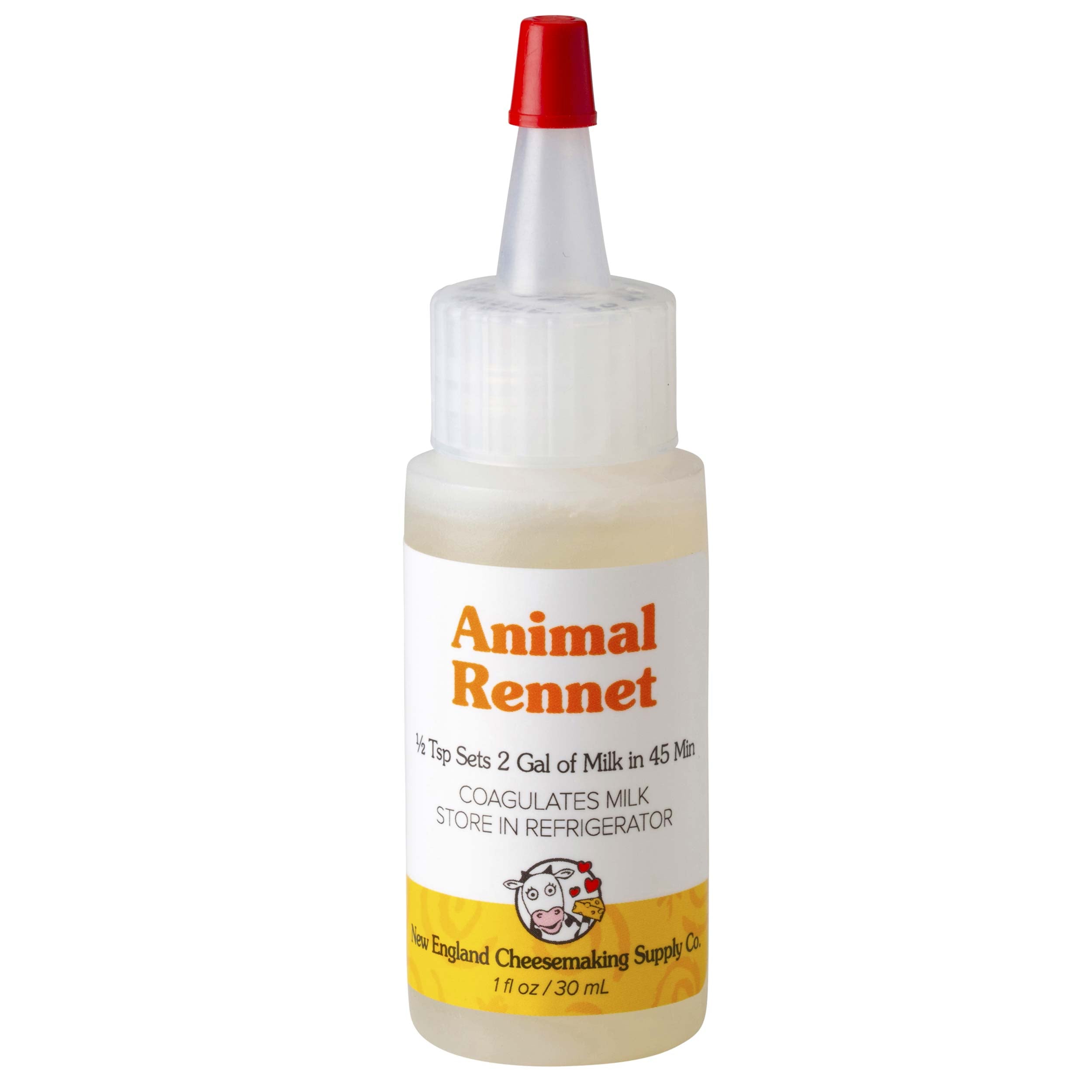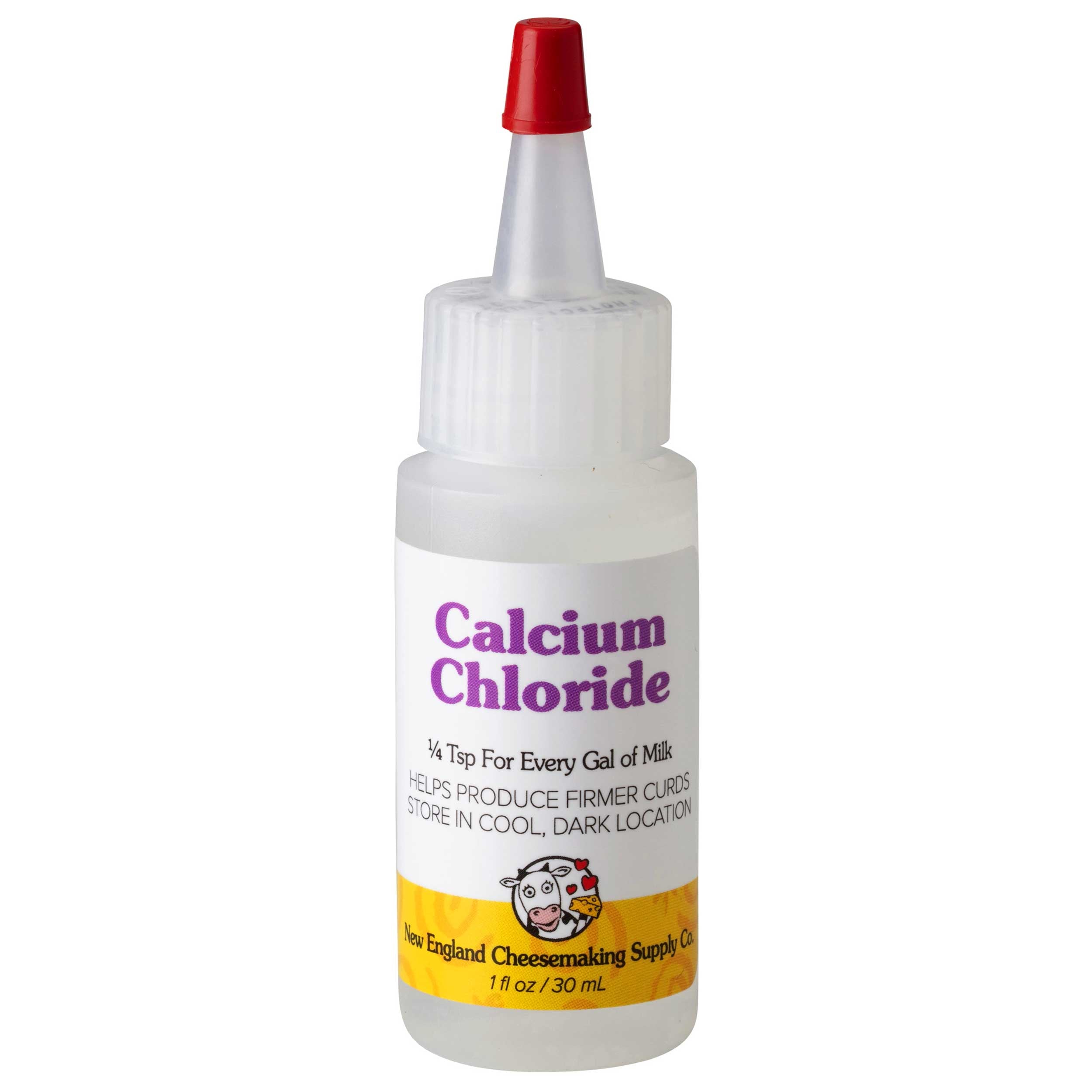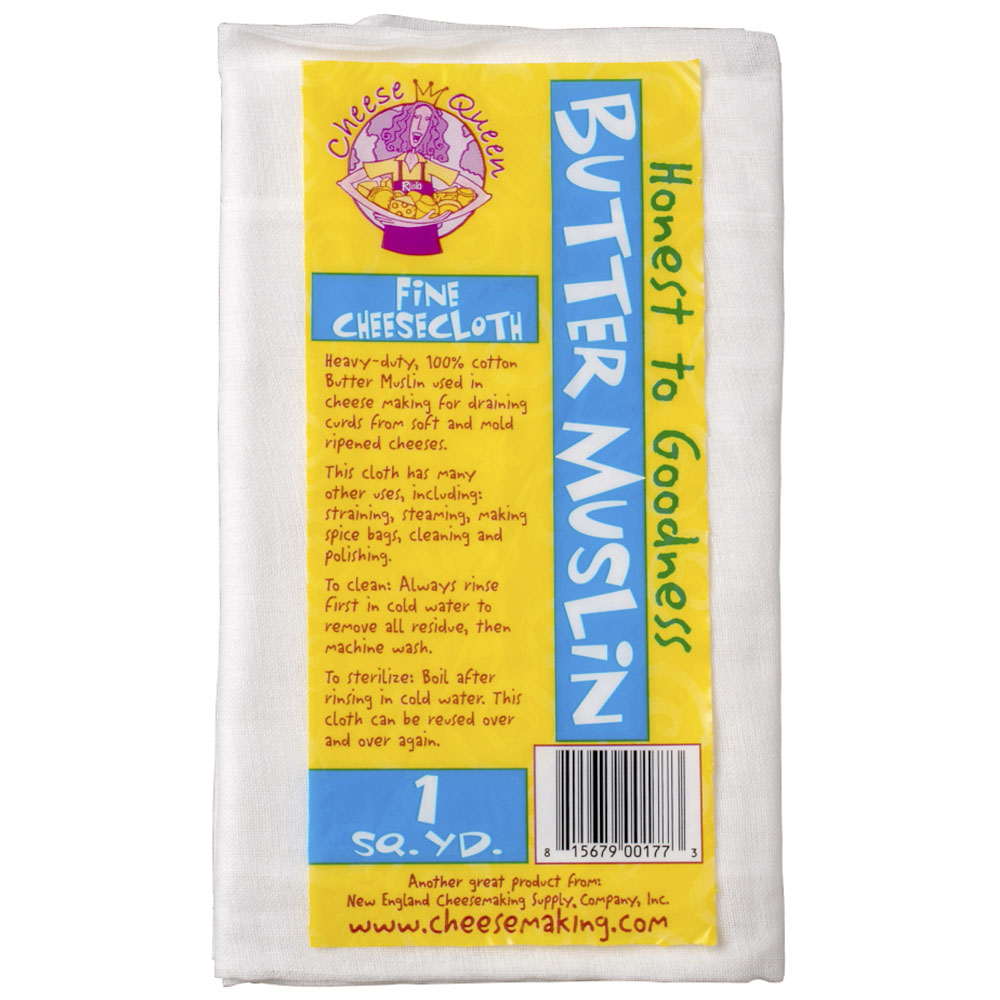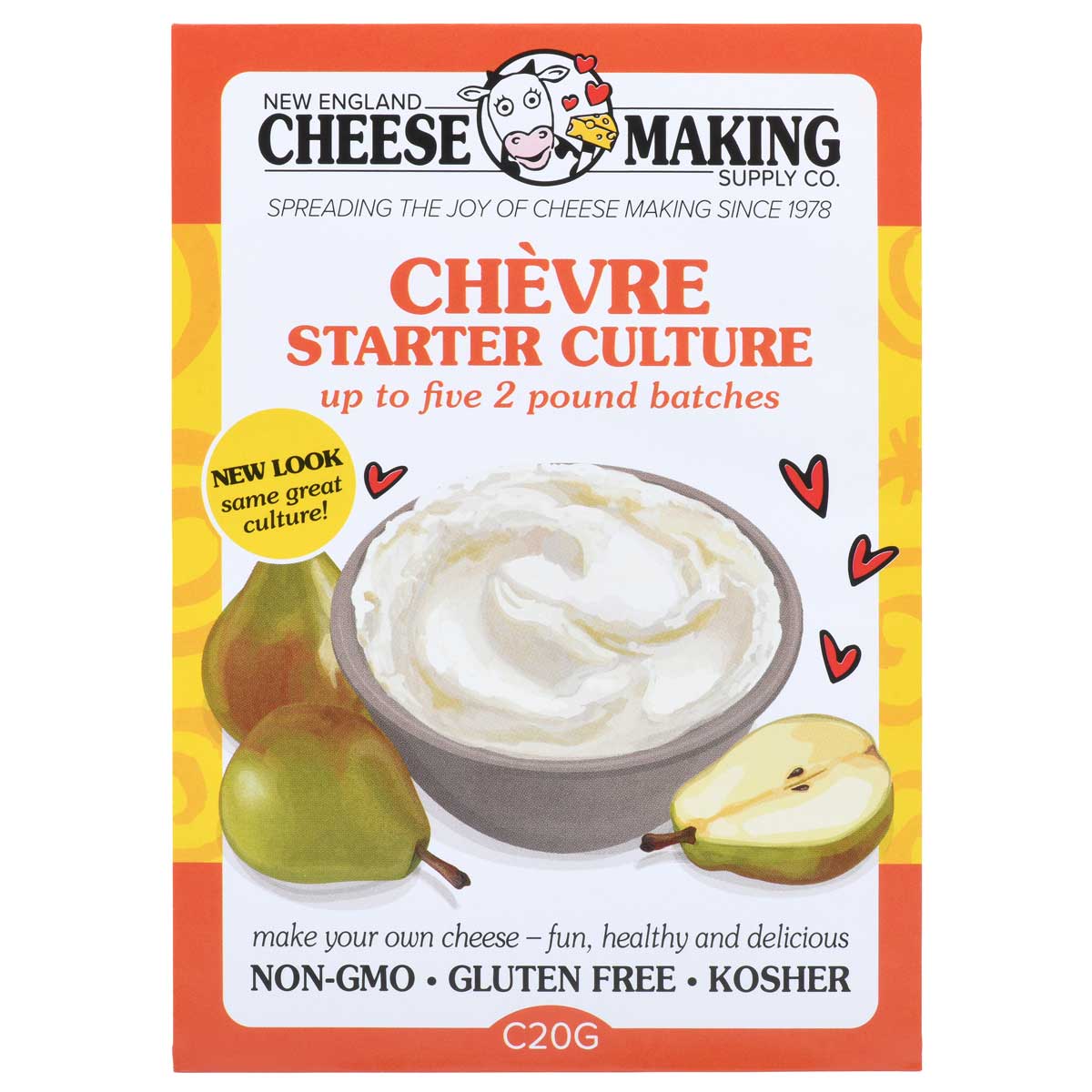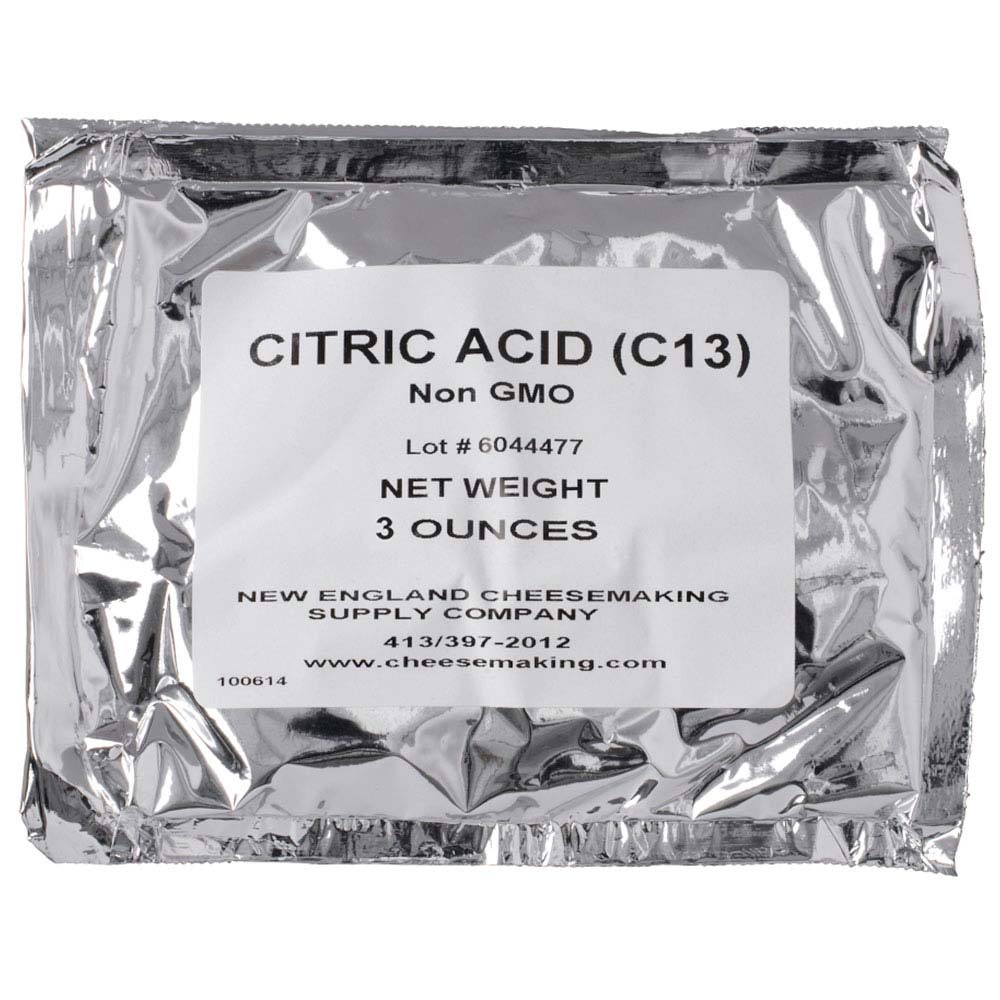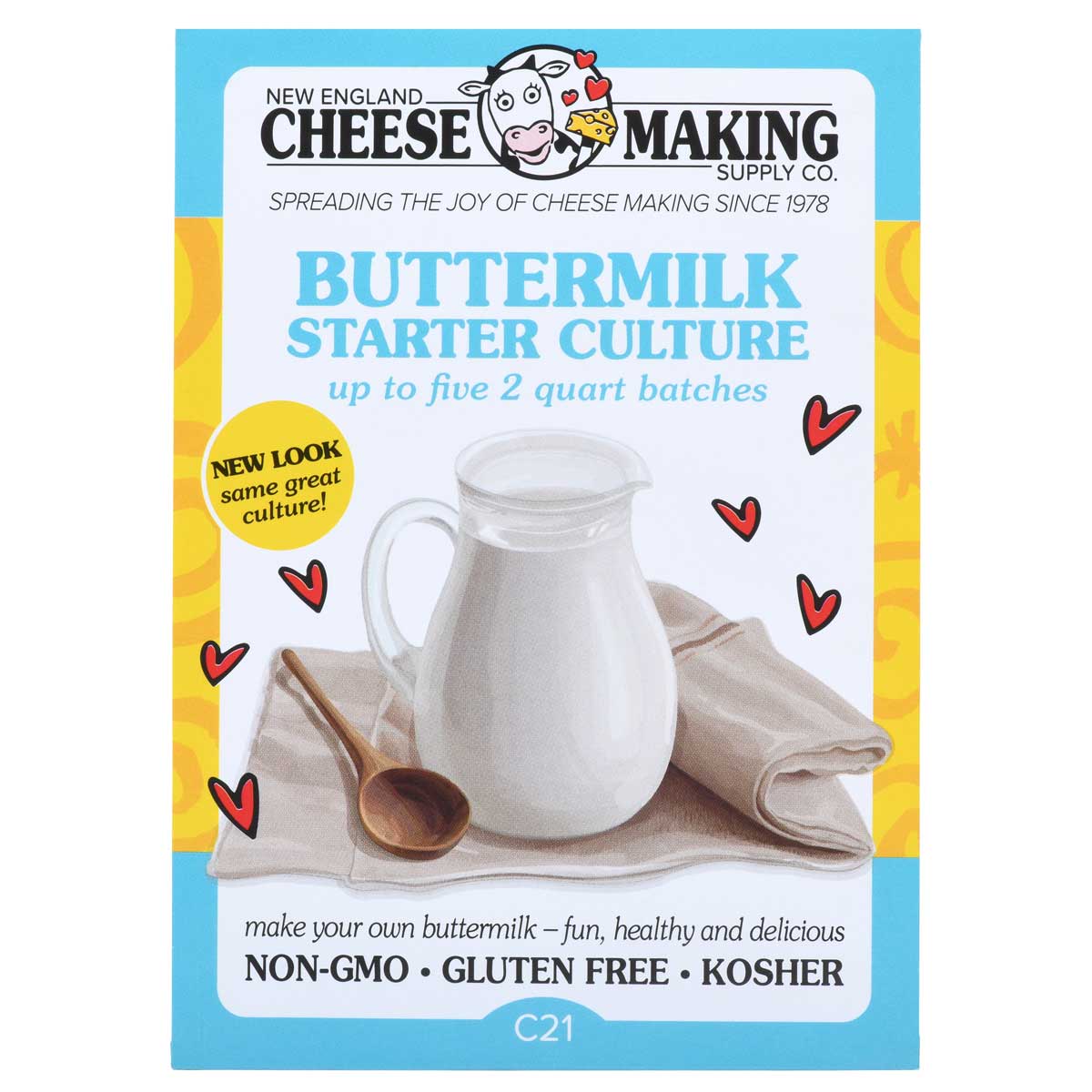Cheese Making Recipe of the Month
Ricki shows us how to make a 'Jack Cheese'
The 'Cheese Queen' will be showing how to make this great no fuss no muss cheese
One that can easily be done in your kitchen sink
- No molds
- No press
- A cheese like your grandmother might have made
Cheese Making Questions & Answers
Q. I have made Feta several times and always when I go to the brining stage, it gets all slimy. What am I doing wrong? Any suggestions would be helpful.
A. Where most people have a problem is in the salting and brine storage ... this cheese was traditionally preserved with heavy salting which tends to make it very dry and hence low moisture reduces the microbial activity ... today's cheese makers tend to use less salt with a resulting higher moisture activity and more rapid ripening (not good for longer storage).
... When storing in brine the cheese will be higher in Calcium (Ca) while the brine is higher in Salt ... Therefore to reach an equilibrium the Ca from the curd is dissolved and flows into the brine while the salt enters the cheese ... this loss of Ca in the cheese represents a decrease in bonding strength of the curd (curd breakdown) and is why the surface turns slimy.
The solution to your problem is to increase the dry salting and change your brine makeup by either including Calcium Chloride (CaCl) in the brine or better yet mixing brine with 50:50 water and clear boiled whey (lots of natural Ca here) ... this will result in your brine being also high in Ca and since the equilibrium is already established between curd and brine very little Ca is removed from the cheese... you must make sure that your curd is well drained and completely covered with the brine.
Q. I need some help on setting up a space for aging and storing my cheese. I am really interested in how to build a cheese cave!! Can you steer me in the right direction?
A. A simple, affordable solution for low volume keeping/aging of cheese is simply to try to find an older used refrigerator that works. Turn it down to it's lowest setting and use one of the refrigerator thermostats found on our web site to control the temp to a stable temp such as 54F.
... You can then control the humidity by using partially covered pans of water inside it to maintain a constant 75-85% RH (a hygrometer would be useful to check this) ... if you want a higher RH use plastic boxes inside.
If you are talking about a real cave there are tons of options ... Essentially 55F and 75-85% RH are the goals.
Q. I recently bought farm fresh goats milk and pasteurized it at 145F for 30min. It's now in the refrigerator. How long can I keep it before making cheese? Also, do I need to pasteurize it at all since that could effect some proteins and alter taste of the cheese?
A. Fresher is better.. the longer that you keep this milk cold.. the more the calcium balance changes to more soluble calcium which makes for a weaker cheese.. the capric character will also increase with age
... A big problem with your procedure is that cold storage can really be a problem with psychotrophic bacteria (grow well at cold temps) these can have a very negative effect on cheese making
.. you do need to pasteurize the milk if you do not age the cheese for more than 60 days
Have a cheese making question, we're here for you: info@cheesemaking.com
Meet a Fellow Cheese Maker
Carol Lively and her daughter Christina
Spring Farm, Rowe MA
True Home/Farmstead cheese making on a small scale.
Carol and her daughter are quite typical of many folks we hear from here at New England Cheesemaking Supply.
They love the animals and they love the process ...those that have done it know you really have to love it.
This summer I visited their farm on several occasions to document the process from goat to cheese.
What's new at Cheesemaking.com
Welcome
Here is our newest On Line Newsletter.
We hope you love reading it as much as we love bringing you the information.
In this issue we are going to focus on the home and small farmstead cheese makers
... after all this is how Ricki started it all 27 plus years ago.
Above, Ricki will show you how to make 'Jack Cheese', one of the simplest cheeses you can make right in your own kitchen.
..Then we will be off to a small goat farm to visit Carol Lively and her daughter Christine to see the process from goat to cheese.
Book Review
The Complete Guide to Making and Selling Artisan Cheese
by: Paul Kindstedt
We truly believe this is the book cheese makers have been waiting for
New Cultures
Since we have recently introduced a much larger range of cultures to our web site, we will make some space here to explain what they are as well as why and how to use them
We are still providing the smaller culture packs that work so well for small batches, but to offer a greater variety in culture choice we are now carrying the much larger Ezal culture packs.
These cultures are intended for inoculation of larger 8-25 Gal batches.
... 1 pack will inoculate up to 250 Gallons of milk or more depending on activity desired but can be divided into smaller batches
New to Catalog
Ricki has also packaged the 'Mozzarella & Ricotta Kit' box with her super graphics to make it a lot more fun for the kids. They really do make great gifts.
Acid Testing How to do it!
Tracking acidity development is one of the surest ways to know about the activity of your culture and to tell if it is doing the work it was intended to do.
Please send your cheese making news & photos to: moosletter@cheesemaking.com
Questionnaire
Here are a few more questions that we would like to have the answers to
How do you finish your cheese...?
....wax?, natural rinds?, mold ripened?,leaves?...etc?
What kind of aging space do you have for your cheese...?
....old refridg?, shelf in the cellar? etc????
How much cheese is sitting in your aging room right now...?
What is the age of your oldest cheese? ... Youngest?
In your cave, do you have problems with ...flies?... mice?... mites?... house guests?
_____________
Simply copy and paste the questions above into an email addressed to Jim and fill in your response for us.
Your answers will help us focus our resources to best serve you.
Please send your cheese making news & photos to: moosletter@cheesemaking.com































